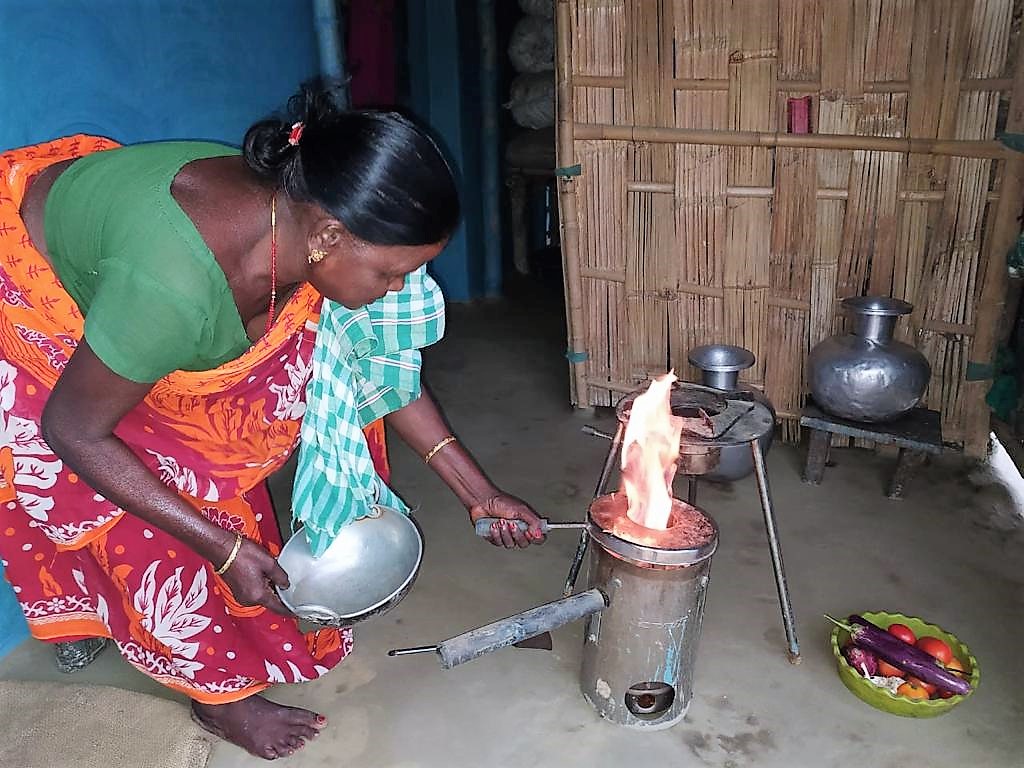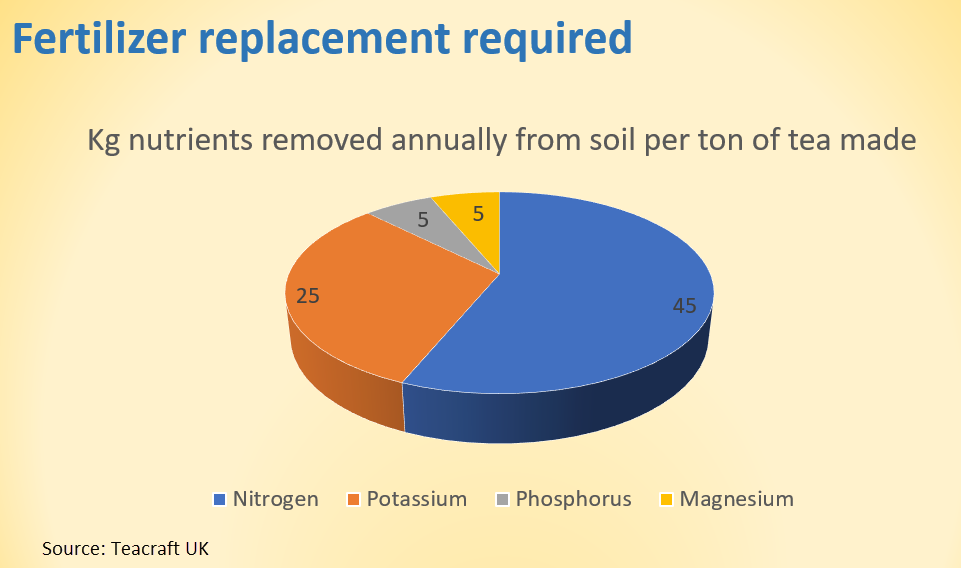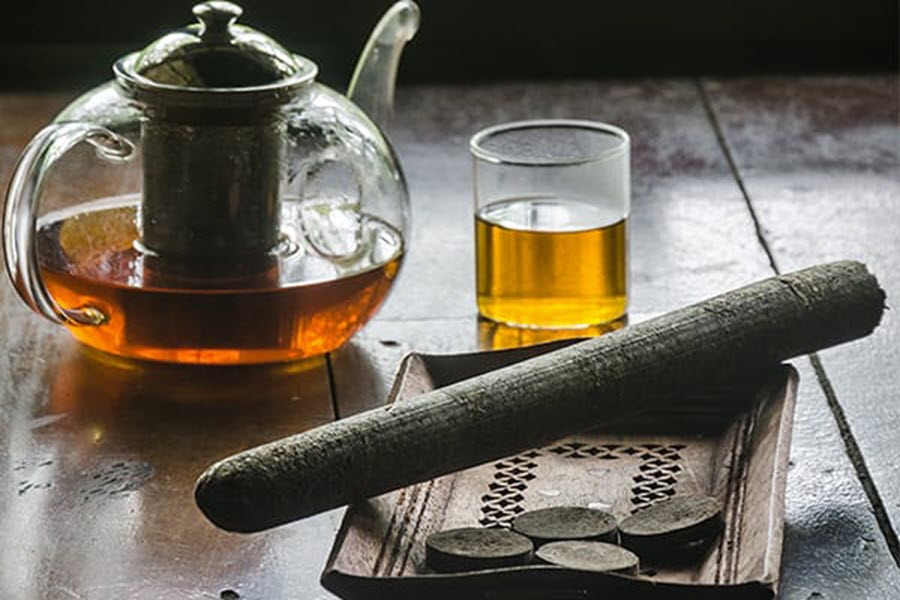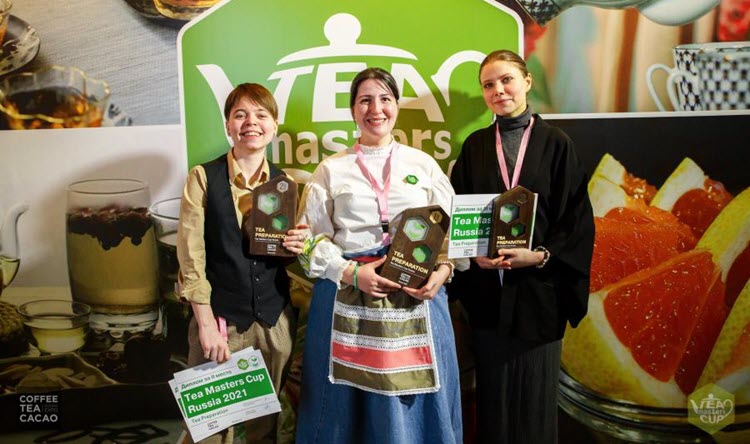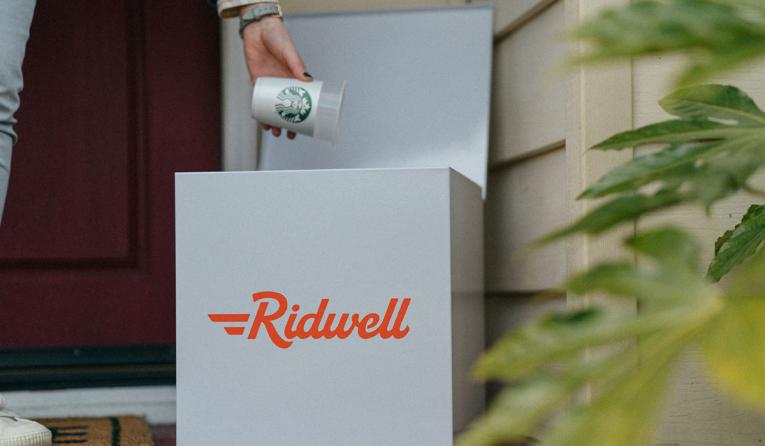Listen to the Tea Biz Podcast on iTunes | Spotify | Sounder | Stitcher | Alexa
Hear the Headlines for the Week of April 23

| Earth Day Takes on New Urgency
| Restaurants are Rebounding
| World Tea Expo Co-locates with The Nightclub & Bar Show in Las Vegas
| Bubble Tea Boba is Languishing at Sea
Listen to this week’s below, read the India Price Watch summary or subscribe to the in-depth Tea Price Report featuring a Q|A with ITA Secretary Sujit Patra. Click to read the China Tea Price Watch.
Features
This week Tea Biz travels to the famed Royal Botanic Gardens at Kew to explore a prized collection of 174-year-old tea recently examined and catalogued for its organoleptic properties
…and we visit Paris to learn how the Agency for the Promotion of Agricultural Product (AVPA) elevates the world’s tea origins.

Rediscovering 174 Year Old Tea
By Dan Bolton
In 2019, the Royal Botanic Gardens at Kew began analyzing the provenance of more than 300 tea specimens, mainly Chinese and Indian grown teas dating to the 1850s. Ethnobotanist Aurora Prehn began by examining labels. She then proceeded to record non-textual evidence experienced through sight, touch, and smell. She shares her findings and offers some interesting insights into the work of Horticulturalist Robert Fortune whose specimens are included in the collection. Listen as we learn about tea from 1853. Learn more…

How AVPA Elevates Origins
By Dan Bolton
The Paris-based AVPA (Agency for the Promotion of Agricultural Products) is allied with tea producers globally. Recognition, professional education programs, and competitions build self-esteem and economic recognition that directs a larger share of the value chain to the country of origin.
“This is why we cling to local transformation of agricultural products so that producers benefit from the pursuit of excellence,” says AVPA President Philippe Juglar. Juglar explains how AVPA competitions that exclude international judges in favor of local experts, reveal that what the gastronomic world thinks and what the professional tea world thinks are quality tea leads to some “very interesting differences.”
AVPA President Philippe Juglar on how competitions build self-esteem and economic success that directs a larger share of the value chain to the country of origin.

Tea News you Need to Know
Earth Day Takes on New Urgency
Teacraft’s Nigel Melican predicts that before the year 2050 the tea industry will be struggling to maintain volume on less land and with less labor and with far higher input costs for scarce resources. Progress is slow but there are initiatives underway to address climate change worthy of celebration on Earth Day. In Assam, India the Jalinga Tea Estate is building a zero-emission factory capable of processing millions of kilos tons annually – a first in that country. The estate is partnering with Atmosfair, a German non-profit committed to reducing CO? emissions by promoting, developing, and financing renewable energy projects in more than 15 countries. In the US Bigelow Tea, which produces two billion teabags annually, relies on solar and renewable energy sources for 100% of its energy requirements, is certified as a zero waste landfill company and owns electric vehicles. Climate volatility resulting in floods, droughts, hail damage, increased pests and reduced yields is apparent in China, India, and East Africa, according to Melican. “Sustainability is the goal,” he says, “but I fear sustainability may be severely challenged by upcoming events.”
Biz Insight – US President Joe Biden challenged the United States to cut greenhouse gas emissions by half before 2030, reversing controversial policies of the previous administration. America will resume its role as a global leader in halting potentially catastrophic climate change Biden told member nations at a virtual climate summit this week. “The signs are unmistakable, the science is undeniable, and the cost of inaction keeps mounting,” said Biden, adding that “The countries that take decisive actions now will be the ones that reap the clean energy benefits of the boom that’s coming.”
India’s Earth-Friendly Tea Factory
By Roopak Goswami
Contractors at the Jalinga Tea Estate in South Assam, India’s largest organic tea grower, will complete India’s first zero-emission tea factory in July. The factory is jointly financed through the Jalinga Climate Tea Research Foundation (JCTRF), a partnership between Jalinga Tea Estate and Atmosfair, a German non-profit committed to reducing CO? emissions by promoting, developing, and financing renewable energy projects in more than 15 countries. Learn more…
Restaurants are Rebounding
The US economy is rebounding with 90% of restaurants open nationally. Revenue at fast-food outlets has returned to pre-pandemic totals. Food delivery and third-party ordering are growing and here to stay but waitstaff may be wearing COVID masks for a very long time, according to Jack Li, principle at Datassential market research.
A year after lockdowns began, the resilience of the restaurant sector is apparent as approximately 90% remain open. Permanent closures as of April 2021 are 10.7% nationally with 2% temporarily closed. Buffets were hardest hit with 24% closures followed 16.5% for soup and salad outlets. Eleven percent of fine dining restaurants were either permanently or temporarily closed as of April 2021. Pizza, salad, chicken, Mexican and sports bar chains added units during the past year, every other format contracted with full-service American restaurant chains down 7.3%.
The closure rate is now evenly distributed across the country as both urban and rural areas contend with the virus. Initially city centers were hardest hit and that remains true with 14.3% of urban locations closed. Metro areas Miami, Portland, Ore., New York, San Francisco and Washington, D.C. report the most permanent closures. Combined these markets are home to 120,144 restaurants of which about 12.5% are permanently closed. Rural and suburban restaurants fared better with closure rates of 11.2% and 11.6% respectively in ZIP Codes with at least 100 restaurants.
Biz Insight – The greatest disparity in closures is at the local level. Closures rose to and remain at 48% in San Francisco’s embarcadero and 45% in the financial district. Forty-two percent of the restaurants in the Chicago Loop closed along with 40% in Minneapolis and South Boston. New York City closures totaled 35% in Manhattan and Grammercy-Flatiron. In contrast, 95% of the restaurants in cities including Mesquite, Tex. And Williamsport, Penn., Findlay, Ohio, and Virginia Beach remained open all year.

World Tea Expo Co-locates with The Nightclub & Bar Show
The World Tea Expo + Conference will return to Las Vegas June 28-30, co-locating with the Nightclub & Bar Show. Both events are owned by Questex and managed by the company’s Denver-based hospitality division. The division hosted two World Tea virtual events after it was forced to cancel the tradeshow last spring.
Co-locating the events offers “new opportunities for business growth and evolution, in addition to expanding the audience reach, and encouraging innovation and new business partnerships, according to Tim McLucas, vice-president, Bar & Restaurant. In recent years, the World Tea Expo, which was founded in 2003, attracted 3,500 attendees, down from a peak of 5,500. The Nightclub & Bar Convention and Trade Show, now in its 36th year, features 60 educational sessions and six in-depth workshops. The 2021 event is expected to draw 40,000 attendees.
Early registration fees are $99.
Bubble Tea Boba is Languishing at Sea
A bubble tea catastrophe is brewing at sea. The black tapioca pearls, known as boba, that are essential to the experience are in short supply pitting consumers against foodservice outlets. Due to lockdowns many bubble tea drinkers were forced to make their favorite treat at home, ordering the ingredients in bulk online.
Sweet syrup, milk and tea are readily available but packages of Buddha Bubbles Boba, and Wu Fu Yuan boba to cook at home ship from Asia. The favored port of call is Los Angeles where an average of 30 ships a day are anchored and idling, waiting to unload. As shops reopen, managers ordering direct from Asian suppliers find consumer shipment clogging the supply chain. Along the East Coast arrivals were delayed by the obstruction of the Suez Canal. Further complicating supply is a drought in Taiwan that led to government orders curtailing water use by boba manufacturers, writes Smithsonian Magazine. Taiwan is the hub of boba production globally. Tea Zone, one of the largest US suppliers, and Bubble Tea Canada, report shortages of the most popular boba balls due in part to over-orders and hoarding.
A return to sufficient stock and normal delivery times is not expected before summer.
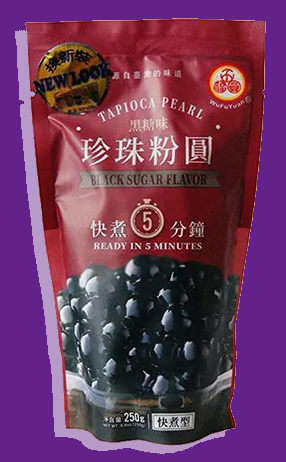
Wikipedia: Bubble Tea
The oldest known bubble tea drink consisted of a mixture of hot Taiwanese black tea, small tapioca pearls, condensed milk, and syrup or honey. Now, bubble tea is most commonly served cold. The tapioca pearls that make bubble tea so unique were originally made from the starch of the cassava, a tropical shrub known for its starchy roots which was introduced to Taiwan from South America during Japanese colonial rule. Larger pearls (Chinese: b? bà/h?i zh?n zh?) quickly replaced these.
Biz Insight – The global market for boba tea is predicted to increase by $963 million by 2023, according to market research firm Technavio. The annual growth rate is accelerating at 7% with Asia dominate but Europe and the Middle East experiencing 38% growth. New outlets are expanding availability and that’s fueling demand. Kung Fu Tea, the largest US boba chain, currently operates 250 locations and expects to open 70 more in 2021.

Share this Tea Biz BLOG|CAST with your colleagues
View the Tea Biz Newsletter Archive
https://teabiz.sounder.fm/episode/news-01212021
Subtext
Avoid the chaos of social media and start a conversation that matters. Subtext’s message-based platform lets you privately ask meaningful questions of the tea experts, academics and Tea Biz journalists reporting from the tea lands. You see their responses via SMS texts which are sent direct to your phone. Visit our website and subscribe to Subtext to instantly connect with the most connected people in tea.
Podcast Players
| ITunes | Spotify | iHeart Radio | Stitcher |
| Google Podcast | Amazon Podcasts | Tune In | Sounder |
Subscribe and receive Tea Biz weekly in your inbox.



